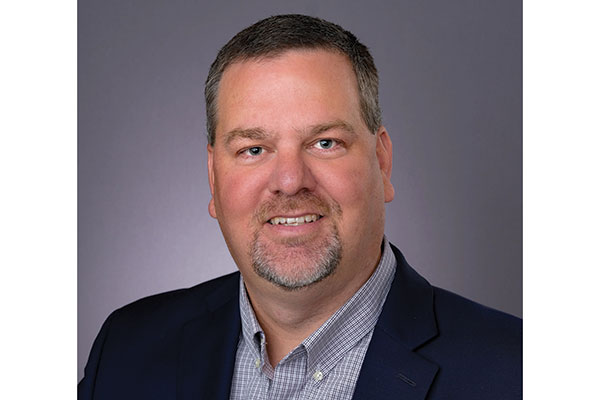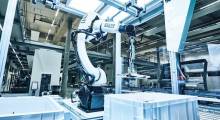Title: Senior vice president of engineering and facilities
Location: Brentwood, Tenn.
Experience: 22 years in supply chain systems, solutions and selection of equipment and warehouse design.
Duties: Leading the distribution center design team focused on new business, the facilities team focused on development, the warehouse controls team focused on warehouse systems and the Material Handling Resources that provides equipment such as forklifts to external customers.
Modern: Historically, third-party logistics (3PLs) providers were not big users of warehouse automation, but that appears to be changing. What’s driving GEODIS to rethink its approach to automation?
Thyen: I’ve seen a number of changes over the past 14 years. The first is the shift in consumer buying habits from brick-and-mortar to e-commerce. The second, and it’s related to the first, is the ongoing labor shortage. And, then, there’s the innovation in technology. As a 3PL, we focus on re-deployable and reusable technology, but also on the upfront cost. Today, with technology-as-a-service, we can essentially lease a solution rather than spend $20 million up front on a shuttle system.
Modern: Labor was an issue before the pandemic. What is the labor situation like now, and how might automation help you address it?
Thyen: The competition for labor is more fierce than it was in 2019, so anything we can do with automation to make the job easier and safer helps with retention.
Modern: When you’re thinking about adopting a new technology, how do you investigate the potential for that technology, identify the processes that can benefit and then create a proof of concept?
Thyen: First, we have a dedicated innovation team that’s focused on staying up to date with market trends and developing relationships with solution providers. Then, we have a continuous improvement group that identifies the challenges we’re having on the floor. That team will go to the innovation team to see what tools might be available.
Modern: Let’s talk about some of the technologies you’ve adopted and where you’re going next. A few years ago, for instance, you rolled out 21 autonomous mobile robots in Indianapolis. Since then, have you expanded the use of AMRs?
Thyen: It’s grown quite a bit. We’re up to 200 AMRs from three vendors across 11 locations, and we scale up to 285 vehicles during peak. We’ll scale out to 285 AMRs at peak, and we continue to look at that to grow. Currently, we’re doing some pilots with autonomous lift trucks. In Dallas, we’re piloting them for picking cases to pallet, and in Nashville, we’re looking at reach trucks that can automatically do putaway into racks.
Modern: Have you looked at piece picking robots?
Thyen: We’re implementing them as part of a goods-to-robot solution using AutoStore. The robots pick from a donor tote into an order tote. What we’ve learned is that piece-picking isn’t so much about the robotic arm, but the vision system, the software and the end effector. Given the number of different products we handle for customers, we’re still learning.
Modern: We’ve talked about mobile and piece picking robots. What are the other emerging technologies that you’re following?
Thyen: There’s been a lot of focus on picking over the last few years, so now, we’re looking at technologies to automate packing. As e-commerce picks up, packing is using a lot of labor, and there are a lot of intricacies and complexity to the process. That’s our next area of focus.
Article topics









